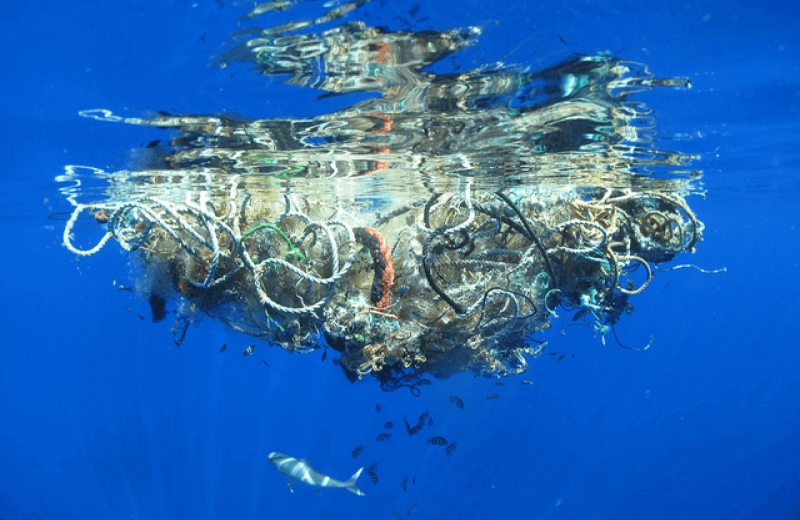In theory, many commonly used plastics can be recycled. But only about one-tenth of the plastics that have ever been produced have been recycled once, and only about 1% have been recycled twice4. “It is cheaper to just make a new plastic product than to collect it and recycle it or reuse it,” says Kristian Syberg, who studies plastic pollution at Roskilde University in Denmark. “That’s a systemic problem.”
Changing that picture will require action on multiple fronts: scaling up established recycling technologies, rolling them out across the world, developing technologies to deal with hard-to-recycle plastics, leveraging insights from nature to aid both production and disposal of plastics, and reining in the production of single-use plastics. But the results could have benefits for the circular economy more broadly.
By 2050, global plastic demand is projected to nearly triple to 1,100 million tonnes per year1. In an analysis released earlier this year7, [Dr. André] Bardow and his team found that scaling up recycling, relying more on renewable feedstocks and implementing other strategies to make the plastic industry more circular could keep the current level of plastic production within “planetary boundaries”. But if plastic production continues to grow at the predicted pace, then options greatly diminish — and by 2050, Bardow says, there will be no sustainable solution “even with all the tricks that chemists and chemical engineers can pull”.































